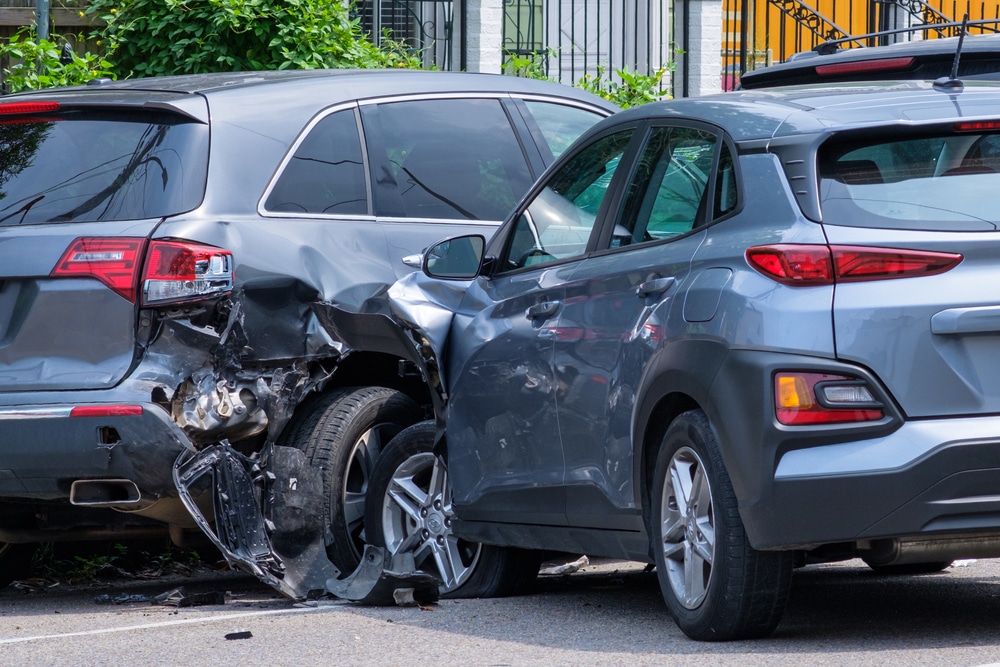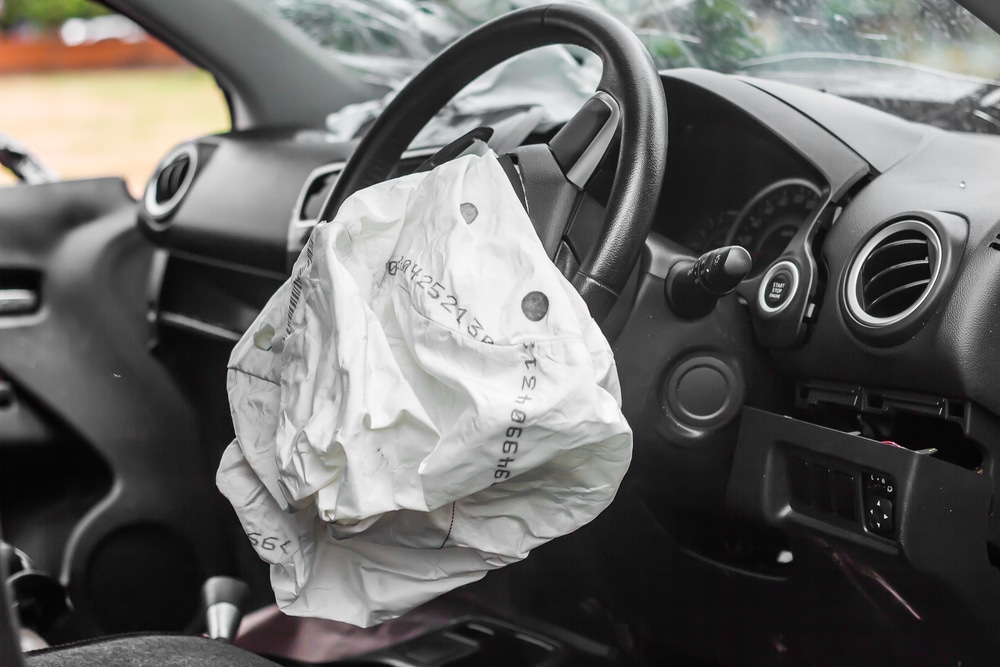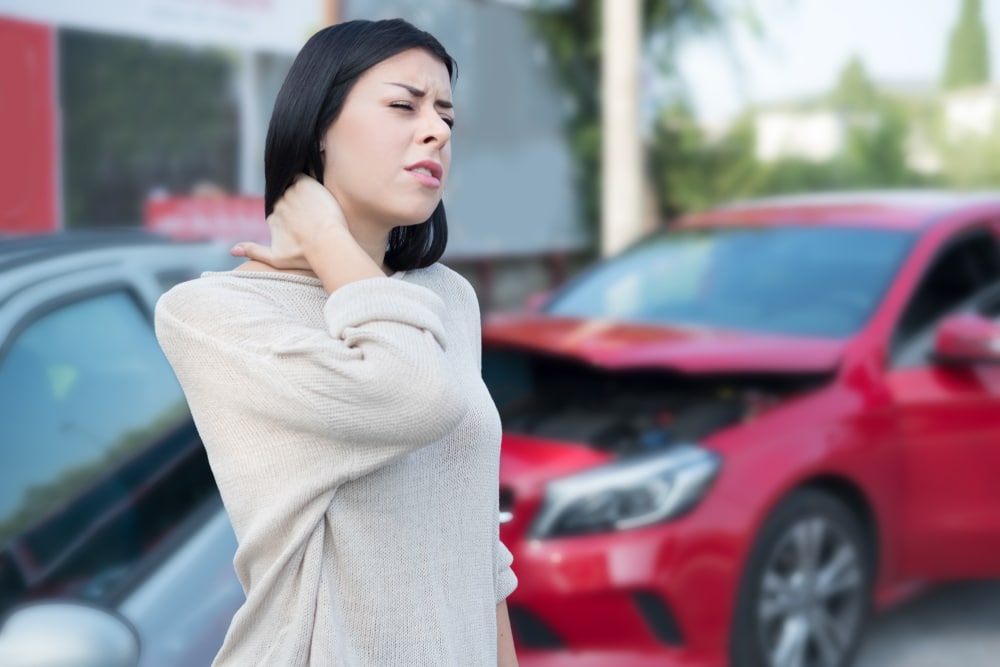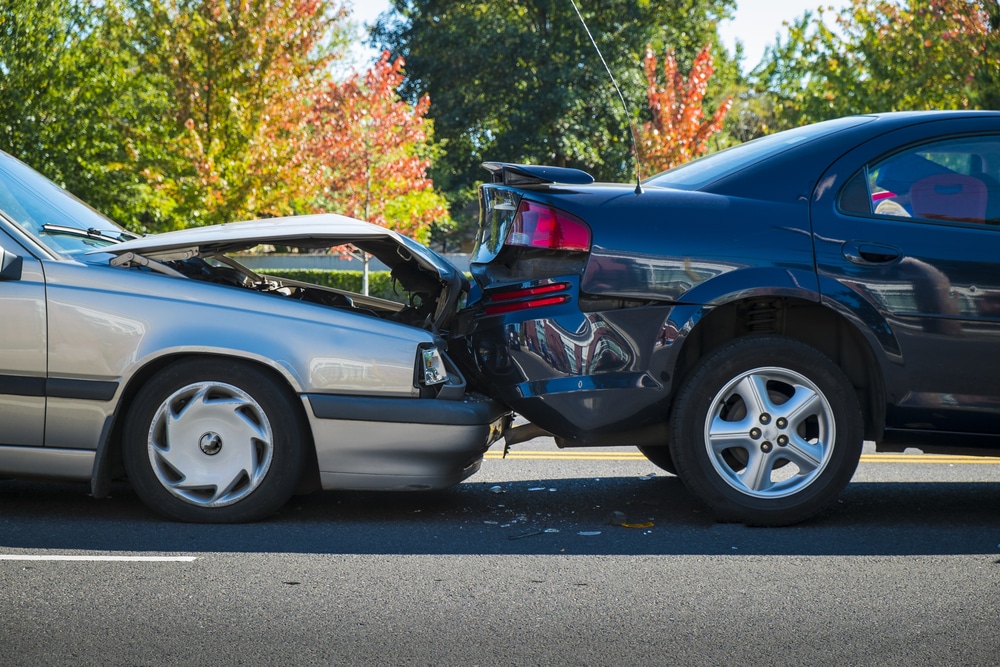If you or a loved one is involved in a car accident in Connecticut, knowing the immediate steps to take afterward can make a significant difference in your safety, the outcome of your insurance claim, and potential legal proceedings like a personal injury lawsuit or car accident claim.
A Quick Survey
Step 1: Check Yourself for Injuries
— Get Immediate Medical Attention for Serious Injuries
Step 2: Call 911
Step 3: Call the Police
Step 4: Leave the Vehicles at the Point of the Collision
Step 5: Exchange Information with the Other Driver
— Do Not Admit Fault While Conversing with the Other Driver
Step 6: Document the Collision
— Take Photographs of the Collision
— Get Witness Accounts
— Record Yourself Recounting the Events Leading Up to the Collision
Step 7: File a Report of the Accident
Step 8: Contact Your Insurance Company
— Do Not Talk with the Other Driver’s Insurance
Step 9: Get a Car Accident Attorney
Now let’s review in greater detail:
Step 1: Check Yourself for Injuries
After a Connecticut car accident, your first and foremost priority should be your safety and health. The adrenaline rush or shock in the moments immediately after impact can mask pain, leading to underestimating your injuries.
- Stay Still and Calm: If you’re in a safe location, avoid moving immediately. Sudden movements can aggravate potential injuries. Take deep breaths to calm yourself, and stay still for a moment.
- Perform a Self-Assessment: Gently evaluate yourself for injuries. Start from your head and work your way down. Look for visible wounds, areas of pain, or any abnormalities. Be cautious — some injuries might not show immediate symptoms.
- Be Aware of Shock Symptoms: Shock is a common and serious condition following an accident. Symptoms may include cold or clammy skin, rapid breathing, weakness, or dizziness. If you experience these, seek medical attention promptly.
- Gauge Your Mobility: If you feel strong enough to move without pain or dizziness, do so cautiously. If movement causes pain or if you feel dizzy or disoriented, it’s best to stay put and call for help.
- Prioritize Your Health: Even if you feel “fine,” some injuries, like internal bleeding or concussions, might not be immediately noticeable. It’s always safer to get checked by a medical professional.
Get Immediate Medical Attention for Serious Injuries
If you discover significant harm or feel intense pain following a car crash, it’s crucial to stay still and not move unnecessarily. Alert emergency services immediately, emphasizing the need for swift medical treatment for serious injuries.
Step 2: Call 911
In the wake of a car accident, your immediate response should be to call 911 after checking yourself for injuries. Calling emergency dispatch ensures that anyone who is injured receives prompt medical attention. Even if the injuries seem minor, some may not be immediately apparent and could worsen without timely care.
Step 3: Call the Police
When you call the police after a car accident, police officers create a report that serves as a detailed and objective record of the accident.
Step 4: Leave the Vehicles at the Point of the Collision
Leaving motor vehicles at the point of the collision, when safe to do so, is an important factor. It preserves the accident scene, allowing for an accurate assessment and documentation by law enforcement and insurance investigators.
On the other hand, there are situations where moving vehicles post-collision is advisable, primarily to avoid causing further traffic disruptions or additional accidents, especially in high-traffic areas.
Step 5: Exchange Information with the Other Driver
After ensuring everyone’s safety and reporting the accident, the next critical step is to exchange information with the other driver involved in the car incident. This process is essential for both insurance companies and for any potential legal proceedings that may follow. Here’s what you need to do:
- Collect Basic Details: Note down the other driver’s name, address, driver’s license number, and contact information. It’s important to have these for any follow-up communication or proceedings.
- Vehicle Information: Write down the make, model, and color of the other vehicle, along with its license plate number. This information helps in the easy identification of the other party involved in the accident.
- Insurance Information: Exchange details and policy numbers for your insurance company immediately. This is crucial for filing insurance claims.
- Photographic Evidence: If possible, take photographs of both vehicles, showing the damage and the overall accident scene, including any relevant road signs or signals. These can serve as vital evidence for insurance and legal purposes.
- Witness Information: If there are any witnesses, get their names and contact information. They might provide crucial third-party accounts of the incident to determine the at-fault driver.
- Police Report Reference: If the police were involved, ensure you get a reference number for the accident report. This official report can be an essential document for insurance claims.
- Note the Time and Location: Record the exact location of the accident and the time it occurred. Environmental conditions (like road, weather, and lighting) can also be worth noting.
Do Not Admit Fault While Conversing with the Other Driver
While you’re in the process of exchanging information with the other driver, avoid making any statements that could be interpreted as an admission or accusation of fault. If a driver admits fault, these types of comments might be used against you later in insurance claims or legal proceedings. Your focus should be on ensuring everyone’s safety and exchanging necessary information such as contact details and insurance information.
Step 6: Document the Collision
Documenting the collision is a main step in dealing with the aftermath of a car accident. This documentation serves as tangible proof and can greatly influence the resolution of any disputes or claims arising from the incident. It’s about creating a clear, objective narrative that captures the reality of the situation. This step is vital for several reasons:
- Evidence for Insurance Claims: Insurance companies require detailed information to process claims. Proper documentation can expedite this process and increase the likelihood of a favorable outcome.
- Legal Protection: In case of legal proceedings, well-documented evidence can be indispensable in proving your case or defending against accusations.
- Memory Aid: Over time, memories can fade or become distorted. Having a documented record ensures that the facts remain unaltered and accessible.
Taking Photographs of the Collision
Photographs are one of the most compelling forms of evidence in the aftermath of a car accident. When taking photographs, ensure you capture wide-angle shots for an overall view of the scene as well as close-ups of specific damages, the vehicles themselves, skid marks, traffic signals and signs, weather conditions, and relevant road conditions. Here are some other tips and reasons for taking photos of the car accident:
- Objective Record: Photos provide an unbiased record of the accident scene. They capture details that might be overlooked or forgotten, such as the positioning of the vehicles, skid marks, and debris.
- Assessment of Damage: Photos clearly depict the extent of damage to all vehicles involved. This is critical for insurance assessments and any legal disputes.
- Contextual Clues: Images of road conditions, weather, traffic signs, and signals offer context to the accident, which can be crucial in determining fault and liability.
Getting Witness Accounts
Witness accounts can play a pivotal role in corroborating your version of events in a car accident. When approaching witnesses, do so respectfully and gather their contact information. If they are willing, ask them to briefly describe what they saw. Here’s more on why gathering witness information is important:
- Corroboration of Facts: Witnesses offer independent perspectives that can support or clarify your account of what happened. This can be especially valuable if the collision details are contested by other parties.
- Filling in Gaps: Witnesses might notice details that the drivers involved did not. Their observations can fill in gaps and contribute to a more complete understanding of the incident.
- Credibility in Claims: Witness statements can add credibility to your claims, both in insurance processes and legal proceedings.
Recording Yourself Recounting the Events Leading Up to the Collision
Recording your own account of the event as soon as possible after the collision is a proactive step in safeguarding the integrity of your memory. Here’s why this is a very important step:
- Accuracy of Details: Memories can be influenced by stress, time, and external opinions. Recording your account immediately helps capture details accurately.
- Consistency in Recounting: Having a recorded version prevents discrepancies in your story over time, which is important during insurance and legal processes.
- Emotional and Situational Context: Your recording can capture the immediate emotional response and situational context, which can be insightful for understanding the incident’s impact on you.
Step 7: File a Report of the Accident
Filing a report of the accident in Connecticut is a mandatory step if there are any injuries or significant property damage. This action serves as a formal record of the incident, which is vital for insurance claims and potential legal proceedings. The report provides an official account of the accident, detailing the circumstances, parties involved, and the extent of injuries or damage, which can significantly influence the outcomes of insurance settlements or legal disputes.
Step 8: Contact Your Insurance Company
When you’re involved in a car accident, one of the steps you absolutely must take is to contact your insurance company. Foremost, it initiates the claim process and allows your insurer to start working on your behalf. Insurance companies have considerable experience and resources to assess accident damages and handle claims effectively. Finally, your insurance policy likely requires prompt reporting of any car accident, and failing to do so could jeopardize your coverage.
Do Not Talk with the Other Driver’s Insurance
After an accident, you may receive a call from the other driver’s insurance company. It’s essential to remember that you are under no obligation to discuss the accident details with them. Here’s why:
- Protecting Your Interests: The primary goal of the other driver’s insurance company is to minimize their liability and payout.
- Avoid Misinterpretation: In the aftermath of an accident, you may be stressed or confused, which can lead to unintentionally misleading or inaccurate statements.
- Legal Representation: If you have legal representation, it’s their job to handle all communications with the other party’s insurance company.
- Your Insurance Company’s Role: Informing your insurance company about the incident allows them to take up the case on your behalf. They have the expertise to handle negotiations and communications with the other party’s insurer, ensuring that your interests are adequately represented.
- Consistency in Information: By limiting your communication with the other driver’s insurance provider, you help maintain consistency in the information being relayed. Consistent and accurate information is crucial for a fair assessment and resolution of your claim.
Step 9: Get a Car Accident Attorney
If you’re involved in a car accident in Connecticut, especially one that yields injuries, significant damages, or complex liability issues, you should consider hiring a car accident attorney. Carter Mario Law Firm’s car accident lawyers stand out for their exceptional commitment to their clients’ needs and rights.
On the average, people who retain legal representation receive settlements three times larger than those who do not.
Carter Mario’s unique Zero Fee Warranty is a testament to our confidence in our team’s ability to deliver results. This warranty means that you won’t pay any attorney fees unless they win your case. It’s a risk-free option that ensures quality legal representation is accessible to all, regardless of financial circumstances.
With over $1 billion recovered for our clients, Carter Mario Law Firm’s track record speaks volumes. This impressive milestone is a clear indicator of our car accident attorneys’ ability to handle car accident cases effectively, ensuring that every client receives the compensation they deserve. Our car accident lawyers understand the nuances of Connecticut’s legal system and are skilled in dealing with insurance companies to maximize your settlement. They know about the tactics used by opposing insurance companies to minimize payouts and are prepared to counter these strategies effectively.
Contact us at Carter Mario Law Firm today for a free consultation with one of our car accident lawyers in Connecticut.




